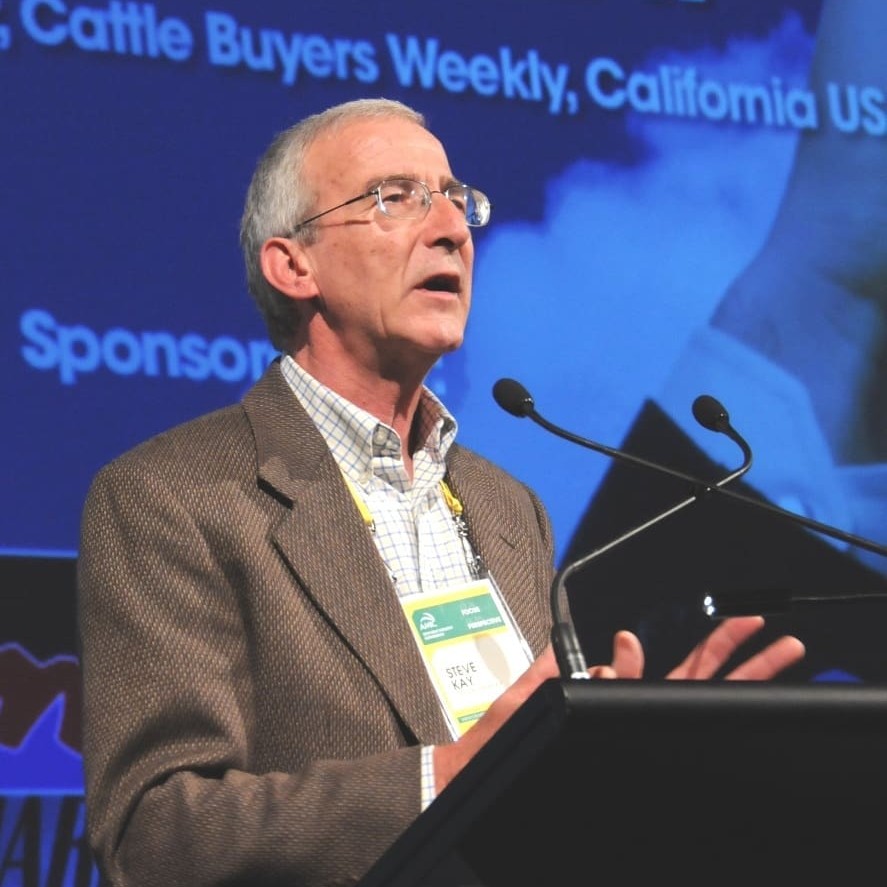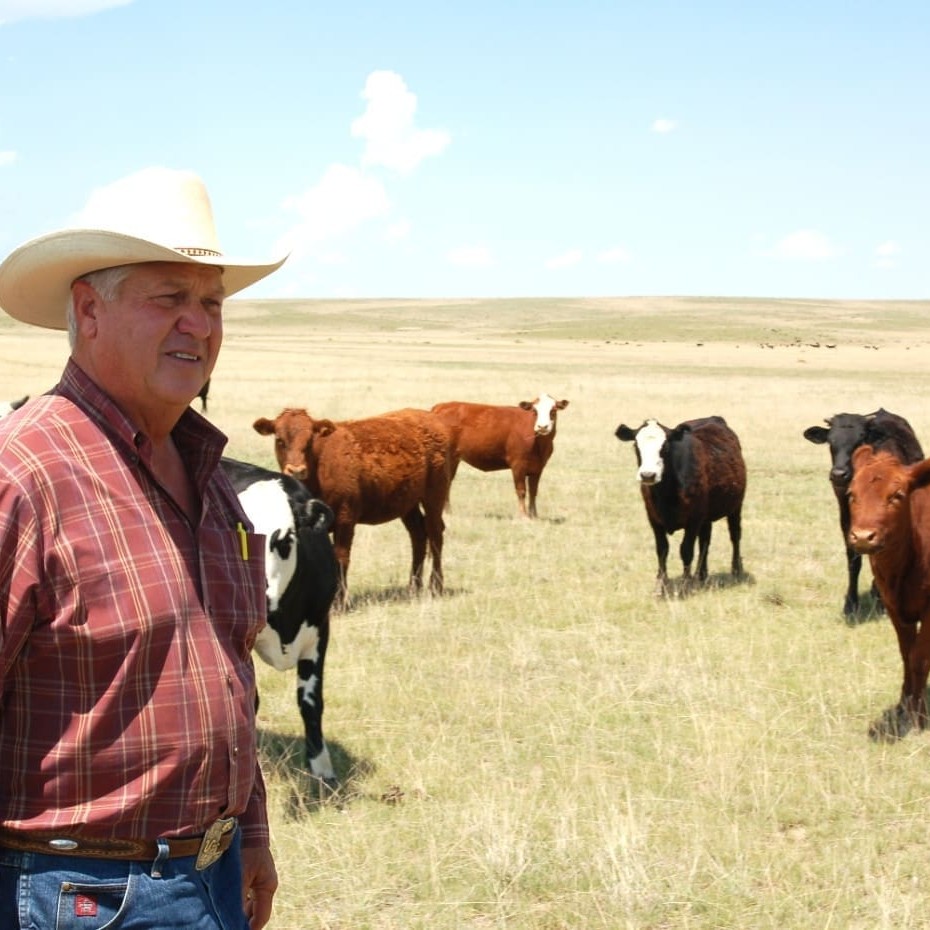A monthly view of the North American beef industry with Steve Kay, publisher of Cattle Buyers Weekly, Petaluma, California.
 CATTLE producers the world over have control over some of the factors that determine whether they stay in business or not.
CATTLE producers the world over have control over some of the factors that determine whether they stay in business or not.
But they have zero control over the weather. And too often in the past decade, they’ve had to battle severe to historic droughts. The effects have been devastating in some countries.
Yet the scourge of drought continues in several of the world’s top beef-producing countries, notably the US, Australia and New Zealand.
The result is that cattle numbers globally have remained flat for the past five years and continue to decline in the US, the largest beef producing country.
New Zealand’s worst drought in 70 years, which Beef Central has covered extensively, forced thousands of additional cows to slaughter in the first quarter. Total cattle slaughter has averaged 52 percent above year-earlier levels and that’s before the normal culling season in April and May.
The result has been higher beef production and a sharp increase in exports in the first quarter, especially to the US and China.
Beef Central readers are also well aware of the impact this year of drought in Queensland, southern New South Wales, Victoria and South Australia. Cattle producers were forced to speed up their turnoff rates, as seen in huge numbers going through markets and processing plants.
Not surprisingly, this negatively impacted cattle prices. MLA reports that for the first three months of the year, trade cattle nationally averaged 332¢/kg cwt – down 14pc on 2012’s first quarter and 5pc below the first quarter average for the past five years. Similarly, heavy steers averaged 5pc lower year-on-year at 314¢/kg, while cows were also down 12pc on last year, averaging 261¢/kg.
The impact on Australia’s overall cattle numbers probably won’t be seen until later this year. But it’s likely that the herd total won’t increase anywhere near as much from 2012 as earlier forecast.
North & Central America's drought lingers
 Drought in North America has forced a significant reduction in cattle numbers and is causing painful adjustments in feedlot and beef processing capacities, i.e., closures.
Drought in North America has forced a significant reduction in cattle numbers and is causing painful adjustments in feedlot and beef processing capacities, i.e., closures.
The current drought cycle began in 2010 in Texas, which has more than twice as many beef cows as any other state. Neighbor Oklahoma, then the fourth largest beef cow state, was also afflicted. The results were that these two states lost 948,000 beef cows in 2011, many of which went to slaughter.
The drought abated only slightly in these two states in 2012 and swung north to grip the Great Plains states. This meant that severe to extreme drought hit each of the top five beef cow states. The result was that beef cow numbers declined by 872,000 head in 2012 in Texas, Oklahoma, Kansas, Missouri and Nebraska.
This meant that the US’s cattle nursery lost 1.654 million beef cows in 2011 and 2012. As a consequence, the 2011 calf crop declined 382,000 head from 2010 and another 1.034 million in 2012. So the US total cattle herd, including dairy animals, has shrunk to its lowest level since 1952.
Meanwhile, catastrophic drought in northern Mexico caused more than 2.8 million young cattle, including breeding heifers, to come north in 2011 and 2012. Conditions have improved there this year and Mexican cattle numbers are also much lower, so only 700,000 cattle might cross the border this year. This is also putting even more pressure on cattle feeding operations and beef processing plants on the Southern Plains.
The reduced cattle numbers on both sides of the border have already forced two beef plant closures. Cargill, which until now had the largest U.S. slaughter capacity, idled its Plainview, Texas, beef processing plant on February 1 and laid off some of its 2,000 employees. This plant had a 4650 head daily capacity so the move brought processing capacity in the region into alignment with supply.
But that won’t last long, as the region had 475,000 fewer cattle on feed on March 1 than a year earlier and might market 950,000 fewer cattle this year. The huge decline in cow numbers forced Texas cow processor San Angelo Packing to close its doors on March 25. It could process 700 head per day but had been forced to reduce its slaughter to 350-400 per day.
The even worse news is that drought continues to grip the key cow-calf states.
The National Oceanic and Atmospheric Administration’s (NOAA) latest three-month US Spring Outlook suggests that drought throughout these states will continue. This suggests further beef cow liquidation in 2013 and no net heifer retention or herd rebuilding.
Odds favor above-average temperatures for much of America’s drought-parched regions and this spring will offer little drought relief for hard-hit areas of Texas, the Southwest and the Great Plains, says NOAA.
As of March 21, 51pc of the continental US was in moderate to exceptional drought. That’s an improvement from last year when two-thirds of the nation was under at least moderate drought. But that’s little comfort to thousands of producers who are trying to keep their beef cow herds intact.



HAVE YOUR SAY